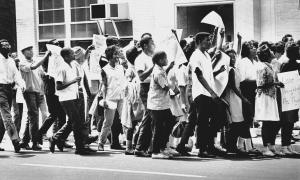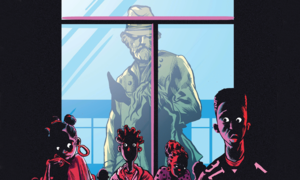publication
Part I: Creating Your Group
Before You Begin: The Planning Committee Getting the Right Folks and the Right Data to the Table Once you’ve decided to start a social justice reading group, it’s tempting to jump right into conversations with young
October 16, 2019

